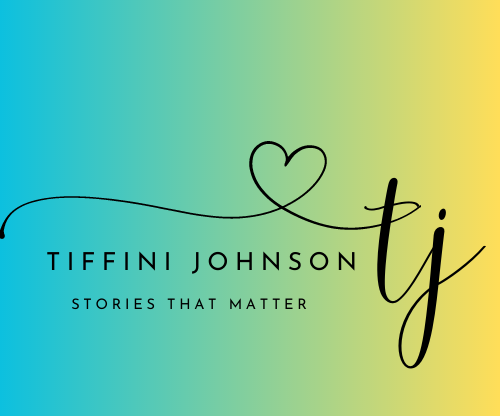Interview for The Character
You’ve mentioned before that The Character is different from any of your other novels. How so?
You name it. The Character had virtually no outline to speak of, no character sketches, no nothing. It is also the only novel I’ve written that is recorded in first person. I always write sequentially: prologue first, then chapter one, chapter two, all the way to the epilogue. With The Character, however, I wrote Chapter 8–The Discovery first and the Prologue last. Furthermore, and perhaps most importantly, the characters themselves were different. Ash is the one that came to me to tell me the story, even though it was really Anna’s tale.
You speak of the characters as though they actually communicate with you.
They do! They do! With this one, I saw the image of Ash for a long time before I actually wrote the book. Unlike some of my other characters, he was silent, so I had no idea what the book was supposed to be about. Then, bam, one day,I knew what he wanted me to write. I thought it was going to be a short story, though. Initially, that was the plan for Chapter Eight of the book–for it to be a stand-alone short story. But I liked Ash too much and he kept hanging around. Usually, when a character is satisfied that his story has been recorded, it’s like, poof, he’s gone, I don’t feel the character’s presence or get messages from them.
That’s weird.
I know. But it’s the way it works.
The author photo on the book is of you as a child. Is the book autobiographical?
To some extent.
Isn’t this the same story you’ve written in your other books?
No. The theme—child abuse—may be the same, but the underlying message is different. What I want readers to take away from The Character is that every child is unique and that every traumatized child has a coping mechanism, a way to survive the trauma. The character John also serves an important purpse: he was not invented to create additional pain or drama to an already intense book. Statistics tell us that victims of sexual abuse are likely to be victimized again, sexually. This seems dreadfully unfair but it is what it is, and it was important that Anna’s story display that reality. He is also present because I wanted to tell readers that healing from abuse is a lifelong journey: it’s two steps forward but one back. These are issues that the other novels have rarely, if at all, highlighted.
The book contains graphic and disturbing scenes of child abuse. Could this deter some readers?
Possibly. And this is unfortunate. We want to feel safe. We want to feel secure and happy, and we don’t want to think of terrible things. The reality, though, is that terrible things are happening as we speak to the smallest of citizens. If we can submerge ourselves in the world of the hurting, if we can be brave long enough to feel a little bit of Anna’s suffering, then we might be motivated to do something about it. Is it graphic? Yes. Is it intense, and painful to read? Yes. It was painful to write, too. But it is necessary.
What do you hope the reaction is to the book?
Well, positive, obviously. Others really want to believe that their words impact another person to feel. I am no different. I want my readers to fall in love with Ash the way I did, and to feel sympathy for Anna, and compassion. I want her to make my readers motivated to volunteer, or to pay closer attention to the children in their lives.
Do you have a favorite chapter from the book?
No. I like them all, though I particularly liked “The Three Trees” chapter and the Epilogue.
Do you think Anna has a happy ending?
I think Anna is a survivor who has, and will always have, Ash. As such, she will be okay.
